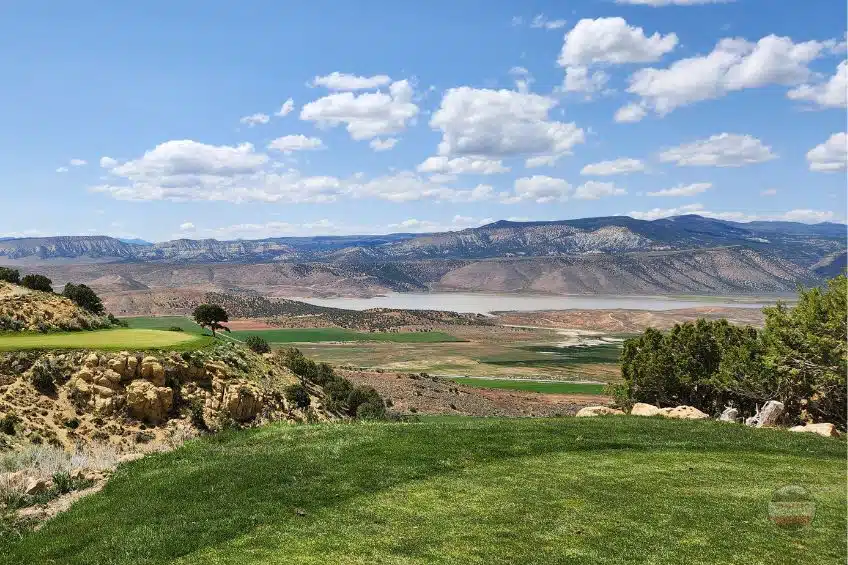
Images play a vital role in the design and performance of any business or eCommerce website. Not only do they enhance the visual appeal of your pages, but they also help engage your audience and convey messages that words alone cannot. However, using images effectively requires more than just selecting pretty pictures. Choosing the correct image format—like size, file type, and file name—directly impacts your site’s loading speed and user experience. Images that are too large can slow down page loading times, causing visitors to leave your site before it even fully appears. The file type (JPEG, PNG, GIF) also affects both the quality of the image and its loading speed, making it essential to choose the right one based on the purpose of the image. Proper file naming with relevant keywords helps search engines understand what the image represents, allowing for better indexing and improved SEO performance.
Alt text (alternative text) serves as a description for images that search engines and screen readers use to understand the content when the image itself cannot be displayed or for users with vision impairments. This descriptive text is a crucial element of on-page SEO because it allows search engines to categorize and rank images accurately, which can help improve your overall website visibility. Additionally, alt text ensures that your images are accessible, making your website more inclusive and user-friendly. The proper use of alt text with keywords relevant to your business or eCommerce products also enhances the likelihood that these images will appear in image-based search results, which can drive more traffic to your site. This small but essential step not only improves accessibility but can significantly impact your SEO performance in the long run.
Many people do not realize that Google Images is essentially its own search engine, distinct from Google's regular search. It operates on an algorithm designed to recognize images that are relevant and optimized for specific search queries. When someone searches for an image, Google scours its vast database, indexing files based on file name, alt text, and contextual relevance. Therefore, if your images are properly labeled and tagged, they have a better chance of appearing in image search results, driving additional traffic to your website. Google Images' unique algorithm also considers factors like page authority and relevance, which means that well-optimized images can rank higher, giving your business more visibility in a competitive marketplace.
One way to make your website stand out from competitors is by using unique, original images rather than stock photos. Stock images, while convenient, are often overused, and visitors may see the same image on multiple sites, reducing the overall impact and credibility of your brand. In contrast, custom images specific to your products, services, or business help create a stronger connection with your audience and convey authenticity. Unique images also have a better chance of being indexed by search engines, as they aren’t already in circulation across thousands of other websites. Investing in original photography or custom-designed graphics may take more effort, but the returns in terms of user engagement, SEO, and brand identity are well worth it.